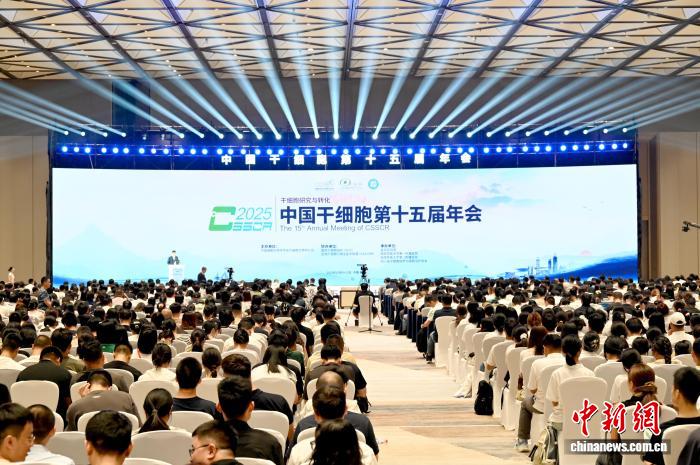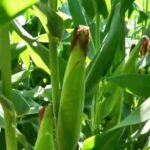The 15th China Stem Cell Annual Conference opened in Chongqing on October 10, bringing together nearly 3,000 experts and scholars from China, Japan, South Korea, Singapore, Australia, Malaysia and other countries. Participants engaged in exchanges and discussions on core topics including progress in basic stem cell research, clinical translation applications, and industrial development upgrades.
During the keynote report session, research progress made over many years in the mechanisms of epigenetic regulation of cell fate transitions was presented, along with the necessity of enhancing embryonic development potential. The core technology of reprogramming sperm into androgenetic haploid embryonic stem cells through nuclear transfer was systematically explained, demonstrating how these can replace sperm to efficiently generate semi-cloned mice via ooplasmic injection.
Additionally, frontier advances and application potential of cell nanotechnology in immune cell therapy and stem cell repair were shared. The remodeling patterns of cell modules in tumor progression were systematically analyzed, providing new perspectives for understanding common cancer mechanisms. With “immune escape of tumor stem cells” as the theme, new approaches for tumor treatment were presented.
The annual conference established the Asia-Pacific and China-Japan-Korea-Singapore-Australia academic cooperation organization through a series of international exchange activities, enhancing China’s influence and voice in the international stem cell field. Through in-depth discussions on stem cell field standards, industry norms and standardization construction were strengthened, promoting scientific research cooperation and achievement translation applications. The conference also conducted a series of popular science lectures and exhibitions to enhance public awareness of the stem cell field.
On the same day, a series of popular science activities for the 15th China Stem Cell Annual Conference simultaneously commenced. The stem cell themed science exhibition covered over 1,000 square meters, featuring sections including “Gateway to Cognition,” “Path of Exploration,” “Work Display,” and “Window to the Future.” Using graphics, videos, books and other formats, it created a scientific corridor from cognition to the future, systematically displaying basic stem cell concepts, exploration history and application prospects. The exhibition showcased outstanding popular science publications in stem cells and related life science fields published domestically over the past decade, offering the public a fascinating journey to understand stem cell science and explore the source code of life.
The 15th China Stem Cell Annual Conference will continue until the 12th, during which multiple sub-forums will be held, including high-level academic reports, thematic seminars, and industry forums, comprehensively demonstrating the full-chain development of stem cell research from basic science to clinical applications, and from technological innovation to industrial implementation.
Since its inaugural conference in 2010, the China Stem Cell Annual Conference has successfully held fourteen sessions, consistently focusing on global stem cell research frontiers and key industry development issues. It has established a cross-disciplinary, multi-level exchange and cooperation platform for researchers, clinical physicians, and industry practitioners, playing an important role in promoting the development of China’s stem cell discipline and accelerating the translation of scientific research achievements.


